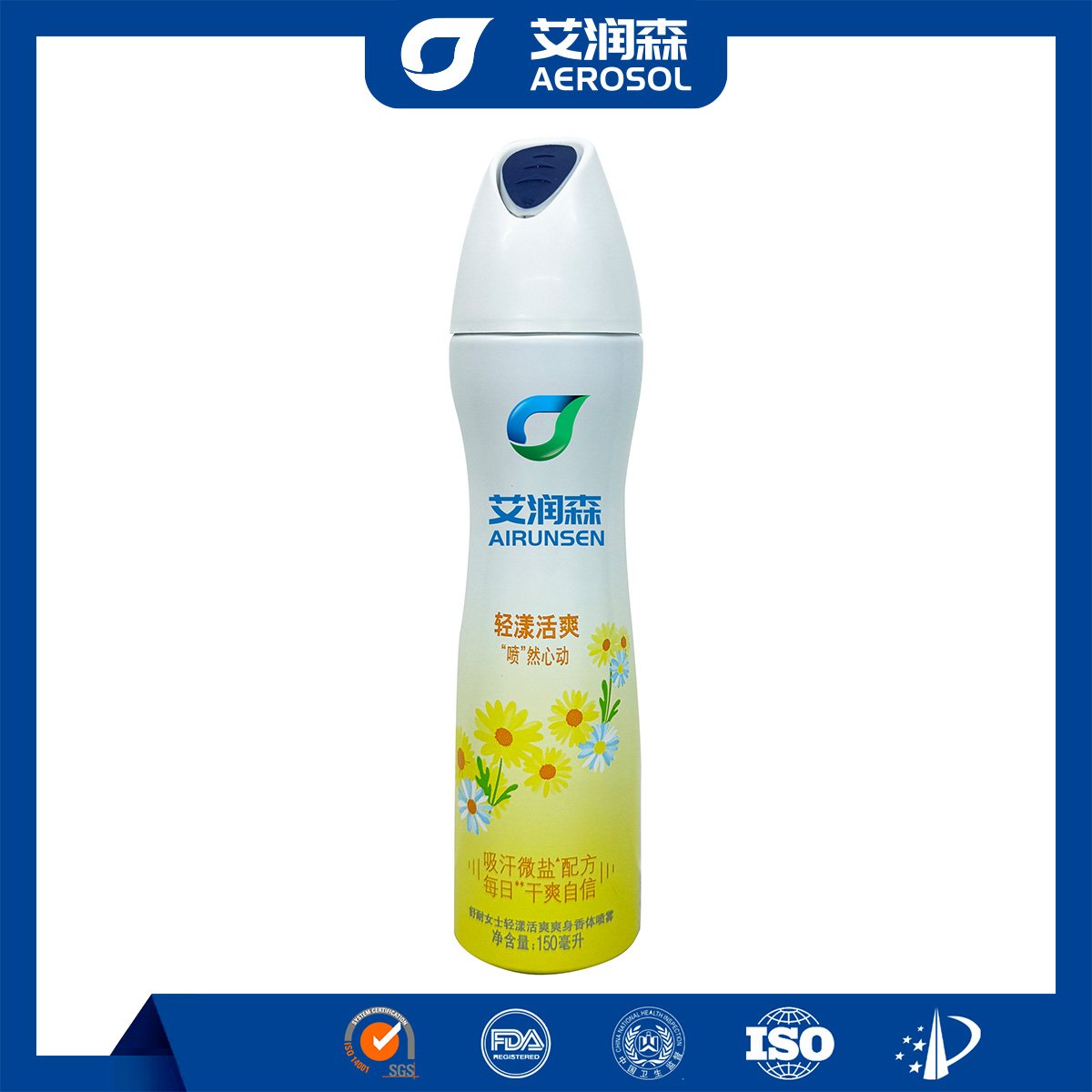Composition
- Lubricating Components
- The lubricating part of a multi – functional lubricating and anti – rust agent usually consists of base oils. These can be mineral oils, which are derived from petroleum and have good lubricating properties. Synthetic oils are also used, such as polyalphaolefins, which offer excellent performance over a wide range of temperatures and have better resistance to oxidation. Greases are another component. They are composed of a thickener, often a metal soap like lithium – based or calcium – based soaps, and the base oil. The thickener gives the grease its semi – solid consistency and helps it adhere to surfaces, providing long – lasting lubrication.
- Anti – rust Substances
- Anti – rust agents play a vital role. Corrosion inhibitors like zinc – based compounds are commonly found. Zinc phosphate, for example, forms a protective layer on the metal surface that acts as a barrier against moisture and oxygen. Amine – based inhibitors are also used. These molecules adsorb onto the metal surface and interfere with the electrochemical reactions that lead to rust formation. Some formulations may also include organic acids or esters that can chelate with metal ions, preventing the initiation of corrosion processes.
- Additives
- Additives are included to enhance specific properties. Anti – wear additives such as molybdenum disulfide or zinc dialkyldithiophosphate are added to reduce friction and wear between moving parts. Extreme – pressure additives are used in applications where high loads are involved. They form a protective film under high – pressure conditions to prevent metal – to – metal contact. Viscosity – modifiers can adjust the flow characteristics of the lubricant to ensure it stays in place and provides the right level of lubrication in different temperature and operating conditions.
Efficacy
- Lubrication
- The product provides effective lubrication for a wide range of mechanical components. It reduces friction between moving parts, such as gears, bearings, and shafts. This results in smoother operation, less energy consumption, and reduced heat generation. For example, in a vehicle’s engine, the lubricant ensures that the crankshaft and connecting rods move smoothly, minimizing wear and improving engine efficiency. In industrial machinery, it helps to maintain the proper functioning of conveyor belts and other moving assemblies.
- Rust Prevention
- The anti – rust substances in the agent offer excellent protection against corrosion. They form a protective film on metal surfaces, which shields the metal from the harmful effects of moisture, oxygen, and other corrosive agents. This is crucial for metal parts that are exposed to humid environments or stored for long periods. It can prevent the formation of rust on tools, equipment, and machinery, maintaining their integrity and appearance. In marine applications, it can protect metal components from the corrosive effects of saltwater.
- Enhanced Equipment Longevity
- By providing both lubrication and rust protection, the multi – functional agent significantly extends the life of mechanical equipment. It reduces the wear and tear caused by friction and prevents the degradation of metal parts due to rust. This means that components such as machinery housings, engine parts, and tools can last longer, reducing the need for frequent replacements and saving costs in the long run.
Advantages
- Multi – functionality
- The most obvious advantage is its multi – functionality. Instead of using separate lubricants and rust – preventatives, this single product can perform both functions. This simplifies maintenance procedures and reduces the inventory of products needed. It is convenient for users, especially in situations where different types of protection are required for the same equipment.
- Cost – effectiveness
- Using a multi – functional agent can lead to cost savings. It reduces the need to purchase and store multiple products for lubrication and rust prevention. Additionally, by extending the life of equipment, it can save on replacement costs. The product’s ability to provide long – lasting protection means that less frequent applications may be required, further reducing the overall cost of maintenance.
- Versatility
- These agents are highly versatile and can be used on a wide variety of metal surfaces and mechanical systems. They can be applied to different types of machinery, from small household tools to large – scale industrial equipment. They are also suitable for use in different environments, including dry, humid, and corrosive conditions. This versatility makes them a valuable tool for maintenance and repair in many different industries and applications.


















